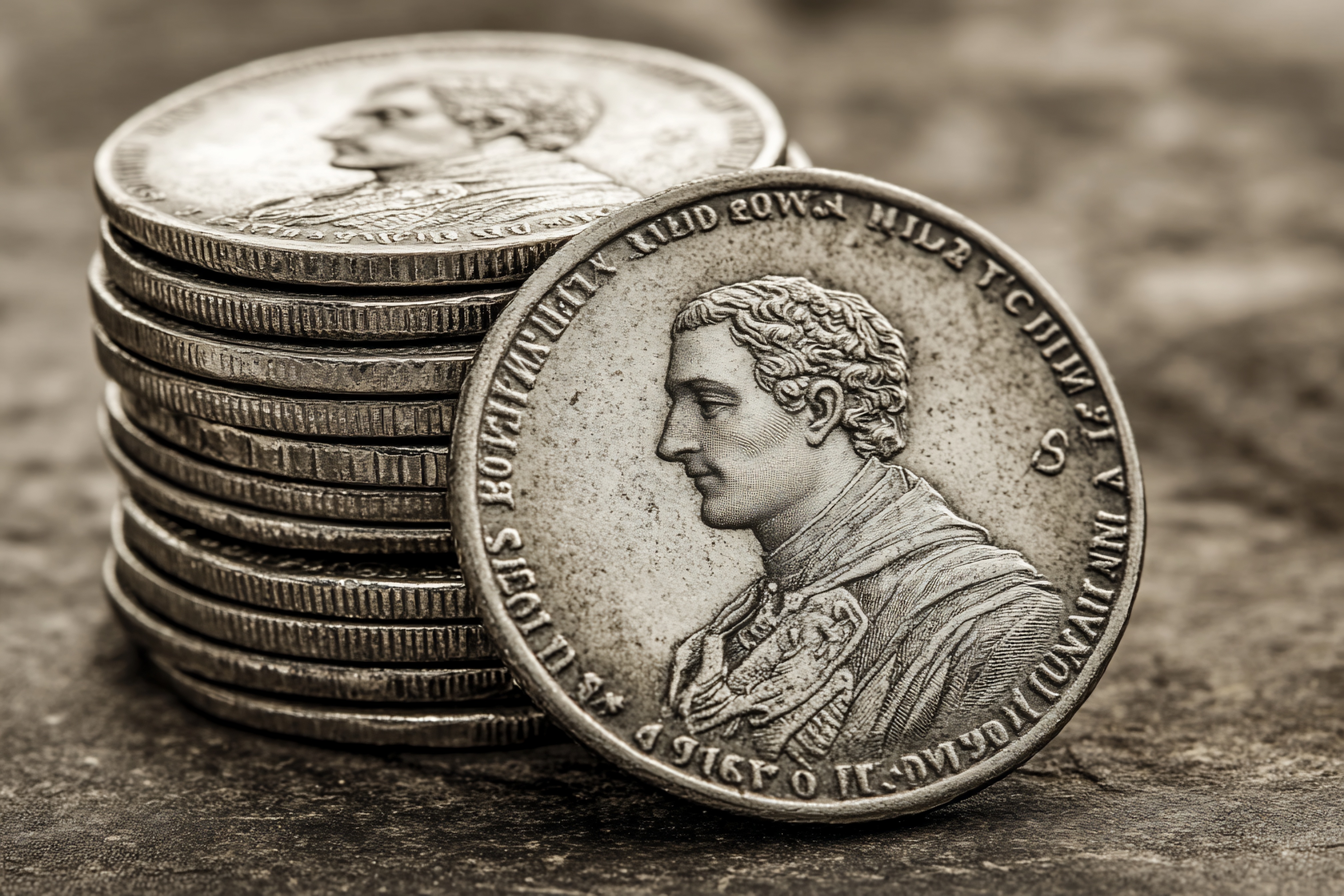The Differences between Tarnish & Patina
Tarnish vs. Patina: What’s the Difference in Precious Metals?
Tarnish and patina are two words collectors of bullion often hear. One of them is good, according to many collectors, and one isn’t so good. While precious metals collectors often seek out natural discoloration on specific pieces, other color changes are sometimes seen as an eyesore. So, yes, beauty is in the eye of the beholder when it comes to precious metals. Below, we take a moment to explain the differences between tarnish and patina.
What Is Tarnish?
Tarnish is the result of a corrosive process that occurs when minerals added to precious metals are exposed to natural air (a process known as oxidation) or sulfur dioxide. Specifically, it’s iron particles that cause tarnishing to occur, which is usually gray or black. While rust is often compared to tarnish, there’s a difference. Rust is darker and usually reddish, and it’s caked on in places. Tarnish, on the other hand, is a dull film that covers silver coins or part or all of certain precious metal pieces that haven’t been properly stored. When tarnishing occurs on silver coins, many collectors or sellers refer to it as “toning.”
Why Do Silver Coins Tarnish?
Silver coins tarnish because they’re made with other alloys or metals that cause oxidation to occur immediately after they’re minted. It’s a slow process that develops over time. Silver coins can be cleaned if they tarnish. If you have a rare silver coin, however, you may want to get it professionally cleaned to avoid damage. In some instances, tarnishing adds value to a silver coin.
What Is Patina?
Coming from an Italian term referring to a surface coating, patina is the natural color a metal takes on over time. It can be red, green, or other colors, although it’s usually a shade of green. Patina is also an oxidation process. However, collectors often prefer it. Patina usually forms in a way that covers the entire piece over time. It usually affects copper and brass pieces or pieces with gold and silver mixed in with copper or brass, as is often the case with jewelry.
Should You Preserve Patina?
Patina also adds value to some pieces, and some collectors add a faux patina to their coins or other pieces to add value and beauty. If you want to preserve a natural patina, you can do this with wax or lacquer. It’s an easy process, although you may want to check with a coin or bullion specialist before making any changes to your collection.
What about Gold?
If they choose to buy gold bullion, Scottsdale collectors often do so because gold itself doesn’t tarnish. However, it can tarnish if it’s combined with other metals, as is often the case with gold jewelry. Gold can also develop a natural patina over time if it’s mixed with other metals. Pure gold doesn’t develop a patina or tarnish.
What about Rust?
Rust is corrosive and not very appealing, so you definitely want to have it removed. Unlike patina or tarnish (in some instances), it adds no real value to silver or gold pieces. However, you should still have it removed professionally to avoid damaging any piece with precious metals included in the mix.
Whether they’re looking for expert advice on taking care of their precious metals or they want to buy silver bars, Scottsdale residents should work with trustworthy precious metal dealers who offer high-quality service and have years of experience. Call on the industry-leading professionals at First National Bullion when you’re ready to invest in precious metals, including gold, silver, platinum, and palladium. Give us a call today.
The statements made in this blog are opinions, and past performance is not indicative of future returns. Precious metals, like all investments, carry risk. Precious metals and coins may appreciate, depreciate, or stay the same in cash value depending on a variety of factors. First National Bullion does not guarantee, and its website and employees make no representation, that any metals for sale will appreciate sufficiently to earn the customers a profit. The decision to buy, sell, or borrow precious metals and which precious metals to purchase, borrow, or sell are made at the customer’s sole discretion.


